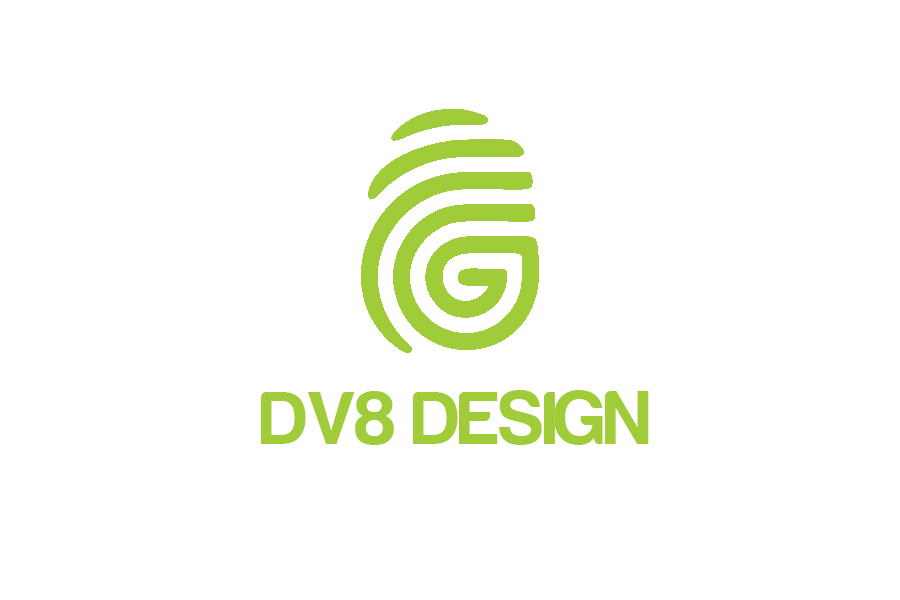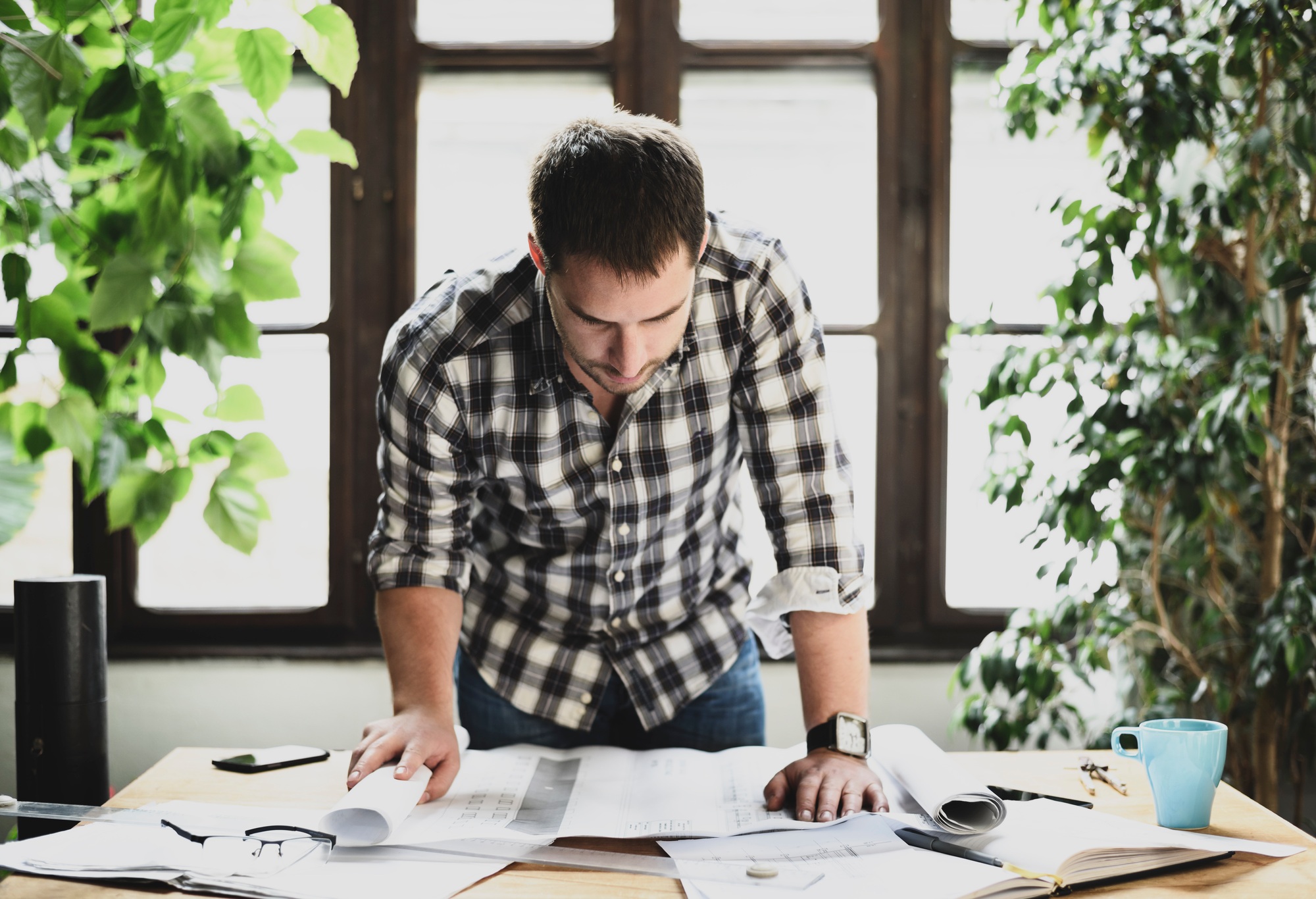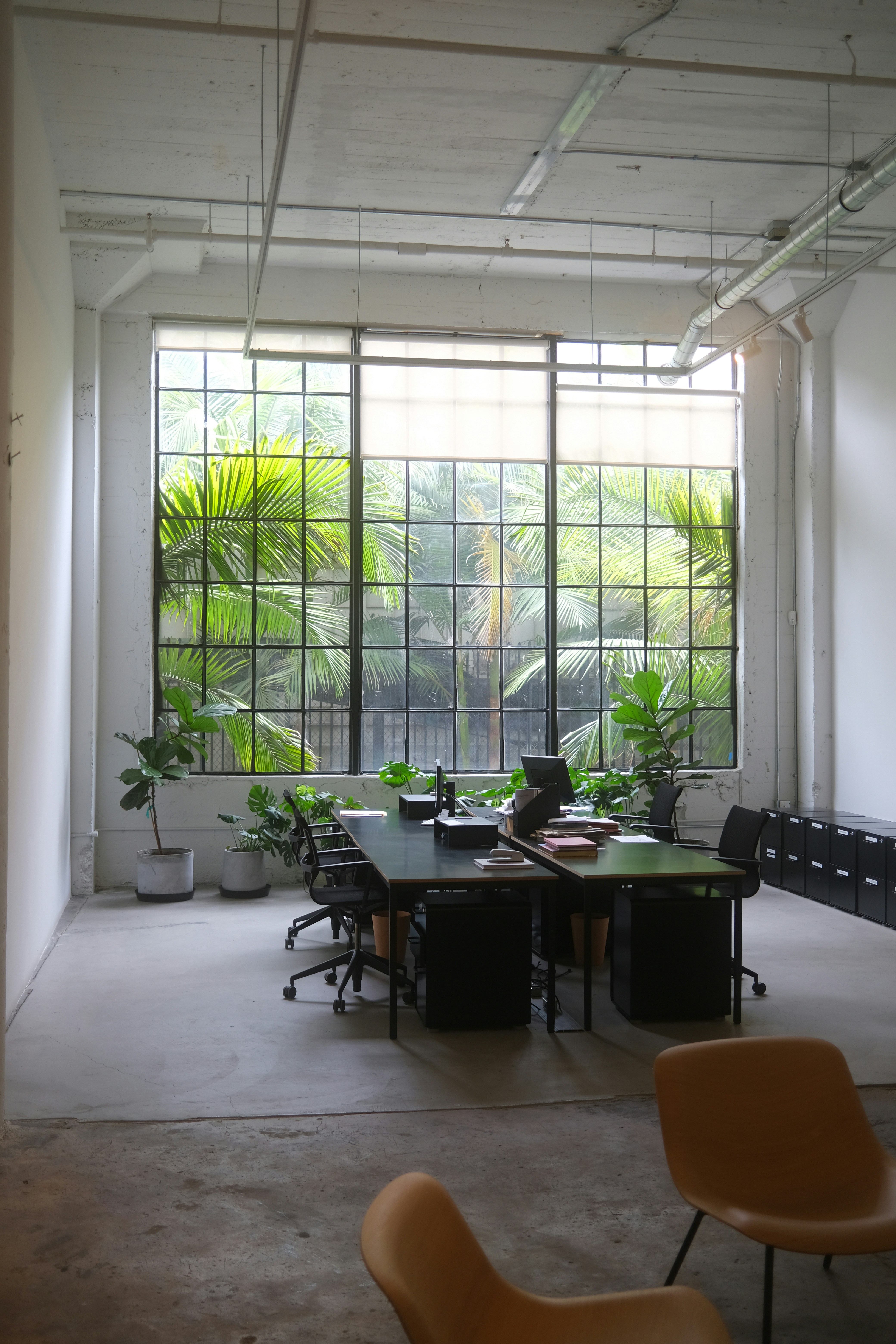In our industry we are often fixated on visual impact and surface aesthetics, DV8 Design approaches architecture from a different starting point: feeling. Our work begins not with form or facade, but with the invisible qualities that shape human experience—light, material, rhythm, and proportion. These are the building blocks of emotional architecture. When calibrated with sensitivity, they transform a structure into something more: a space that stirs memory, calms the mind, or stokes imagination.
At DV8, we believe architecture is not simply the creation of beautiful objects—but the crafting of environments that make people feel anchored, uplifted, and seen.
Architecture Is Emotional Before It’s Visual
Long before a space is photographed or published, it is felt. We’ve all stepped into a room and experienced something visceral—a deep exhale, a quiet tension, a sudden calm. These emotional cues are not accidents. They are intentional outcomes of spatial decisions.
Too often, architecture is framed as a visual medium. Yet we don’t live inside photographs. We live within acoustics, shadows, textures, thresholds. We move through spaces that shape our posture, our breathing, even the way we speak.
That’s where our process begins.
Material as Memory
Materials carry emotional resonance. A hand-brushed lime wall feels different from a polished stone surface—not just in touch, but in tone. At DV8, we work with tactile honesty. We lean into materials that speak of place and presence—natural woods, hand-formed ceramics, textured plasters, and soft metals that age with grace.
Material is never just a finish. It’s a sensory signature. In a wellness retreat, the smooth tactility of rammed earth evokes groundedness. In a boutique hotel, layered textiles can cue intimacy and softness. These decisions are not aesthetic choices alone—they are emotional tools.
Light as Language
Light is not decoration. It is structure, mood, and rhythm. We design with light the way a composer writes with silence and sound—considering how it enters, how it lingers, how it disappears.
In many of our hospitality projects, we use filtered natural light to create moments of pause—morning sun across a reading alcove, dappled shadow in a spa, golden-hour glow in a restaurant vestibule. Light becomes the guide, the clock, the stage.
Artificial lighting is layered in soft gradients, never stark or overwrought. We don’t want guests to simply see the room. We want them to feel held by it.
Proportion and Rhythm
The emotional tone of a space is deeply affected by its proportions. Ceiling height, wall length, corridor width—these are not technical constraints. They are psychological cues.
We use architectural rhythm to create emotional pacing. A narrow hallway can heighten anticipation. A sudden opening offers release. A gentle curve can invite exploration, while a repeating vertical pattern may instill calm.
These rhythms are inspired by music, nature, and even conversation. Our aim is not symmetry for its own sake, but harmony that feels intuitively right.
Designing for the Unspoken
Not everything in architecture can be diagrammed or modeled. There are qualities—atmosphere, anticipation, intimacy—that are harder to measure but no less real.
In our most successful projects, clients describe the space not in terms of finishes or features, but in feelings:
- “It feels peaceful here.”
- “There’s a sense of arrival.”
- “It just makes me want to stay.”
That, for us, is the greatest design compliment. Not that the space is perfect. But that the space is felt.
Architecture for Real Life, Not Just Renderings
In an era dominated by visual media, it’s easy to prioritize architecture that looks stunning on Instagram or polished in renderings. But at DV8, we ask a different question:
What does it feel like to live here?
We design for how a person rests their hand on a doorframe, how morning light meets their face, how footsteps echo or don’t. We craft spaces that accompany people—not just impress them.
Because the success of a project isn’t measured in pixels or press. It’s measured in how well a space supports, uplifts, and remembers its people.
Feel First, Design Second
Architecture is an emotional art long before it’s a visual one. And while form and detail matter, they serve a deeper purpose: to shape experience.
At DV8 Design, we don’t chase trends or noise. We listen. We attune to light, texture, and mood. And we create spaces that feel as good to inhabit as they look in a frame.
Because great architecture doesn’t just frame life. It enriches it.





